Nationality German | Name Helmut Hasse Books Number theory Role Mathematician | |
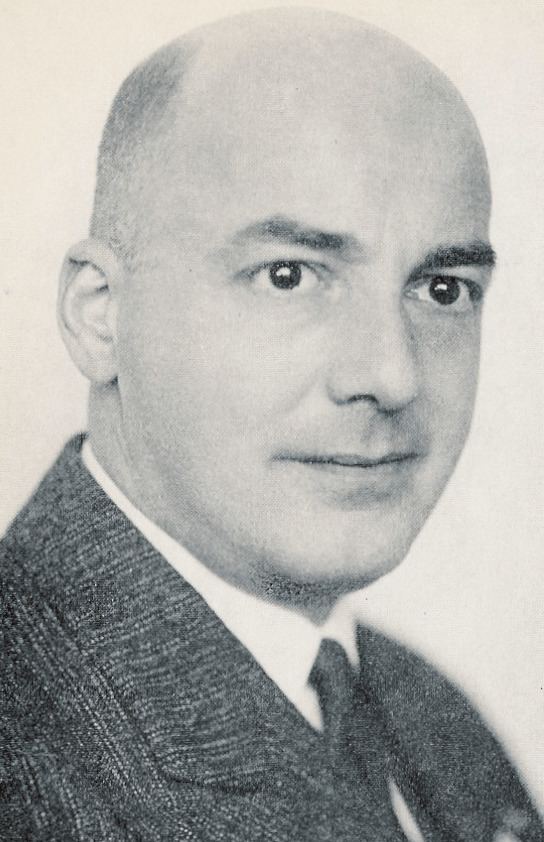 | ||
Alma mater University of MarburgUniversity of Gottingen Thesis Uber die Darstellbarkeit von Zahlen durch quadratische Formen im Korper der rationalen Zahlen (1922) Doctoral students Cahit ArfWolfgang FranzPaul LorenzenCurt MeyerGunter PickertHans ReichardtPeter RoquetteOtto SchillingOswald Teichmuller Died December 26, 1979, Ahrensburg, Germany Similar People | ||
Other notable students Paul Lorenzen | ||
Helmut Hasse ( [ˈhasə]; 25 August 1898 – 26 December 1979) was a German mathematician working in algebraic number theory, known for fundamental contributions to class field theory, the application of p-adic numbers to local class field theory and diophantine geometry (Hasse principle), and to local zeta functions.
Contents
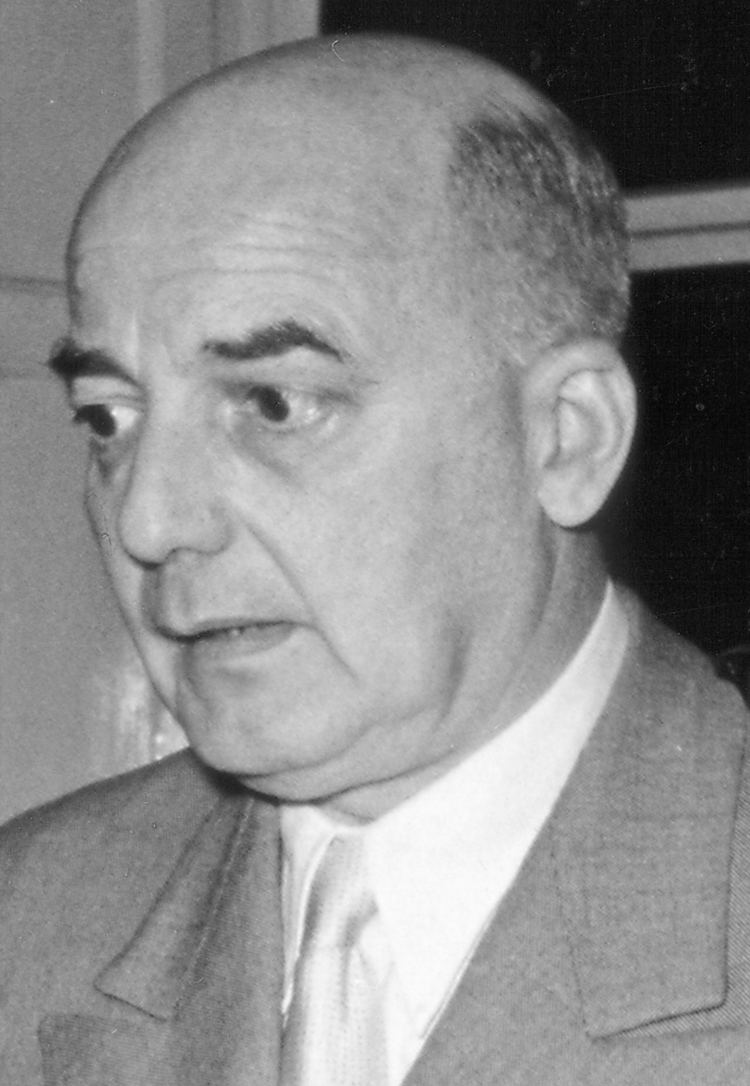
Life
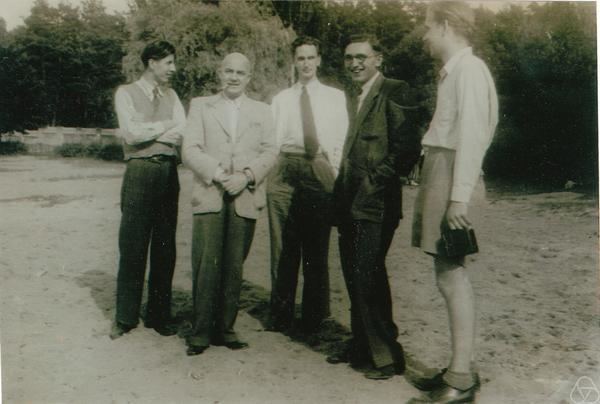
Hasse was born in Kassel, and died in Ahrensburg.
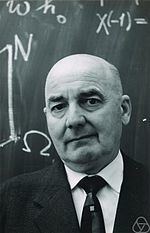
After serving in the navy in World War I, he studied at the University of Göttingen, and then at Marburg under Kurt Hensel, writing a dissertation in 1921 containing the Hasse–Minkowski theorem, as it is now called, on quadratic forms over number fields. He then held positions at Kiel, Halle and Marburg. He was Hermann Weyl's replacement at Göttingen in 1934.
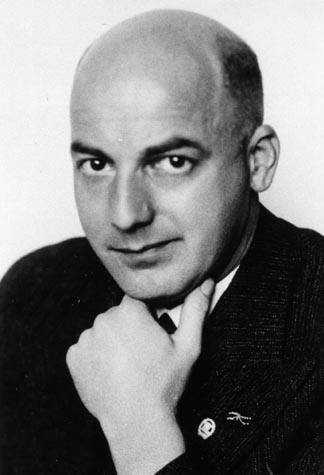
In 1933 Hasse had signed the Loyalty Oath of German Professors to Adolf Hitler and the National Socialist State.
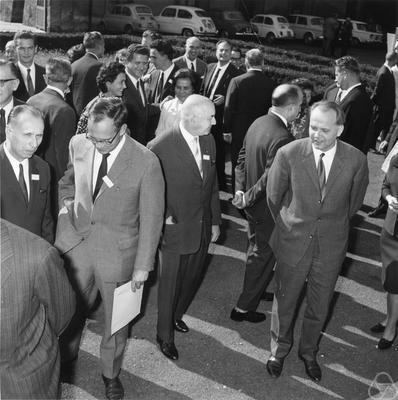
Politically, he was a right-wing nationalist and applied for membership in the Nazi Party in 1937, but this was denied to him due to his Jewish ancestry. After the war, he briefly returned to Göttingen in 1945, but was excluded by the British authorities. After brief appointments in Berlin, from 1948 on he settled permanently as professor in Hamburg.
He collaborated with many mathematicians, in particular with Emmy Noether and Richard Brauer on simple algebras, and with Harold Davenport on Gauss sums (Hasse–Davenport relations), and with Cahit Arf on the Hasse–Arf theorem.
